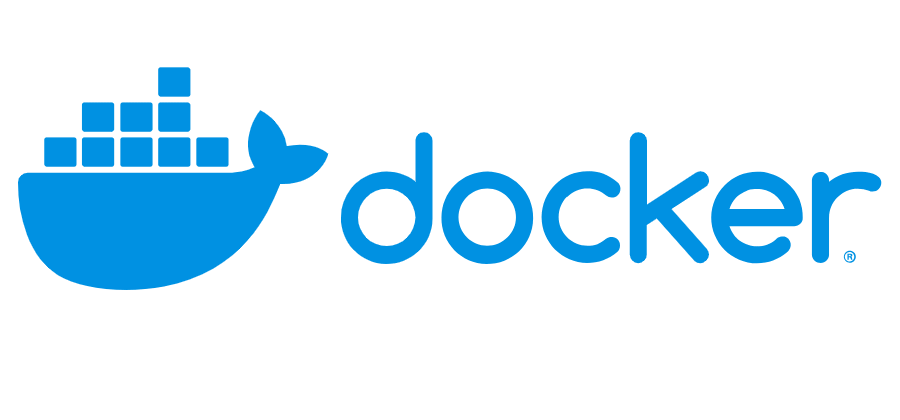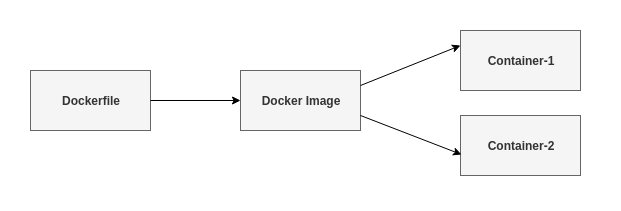We have used Docker images to create containers. We used images from Docker Hub to create those containers. But have you ever wondered how to create a Docker image? Docker can build images automatically by reading the instructions from a Dockerfile.
Dockerfile
A Dockerfile is a text document that contains all the commands a user could call on the command line to assemble an image. Think of it as a shellscript. It gathered multiple commands into a single document to fulfill a single task.
build command is used to create an image from the Dockerfile.
$ docker build
You can name your image as well.
$ docker build -t my-image
If your Dockerfile is placed in another path,
$ docker build -f /path/to/a/Dockerfile .
Let's first look at a Dockerfile and discuss those commands.
We are going to take the official MySQL Dockerfile as an example.
FROM debian:stretch-slim
# add our user and group first to make sure their IDs get assigned consistently, regardless of whatever dependencies get added
RUN groupadd -r mysql && useradd -r -g mysql mysql
RUN apt-get update && apt-get install -y --no-install-recommends gnupg dirmngr && rm -rf /var/lib/apt/lists/*
RUN mkdir /docker-entrypoint-initdb.d
ENV MYSQL_MAJOR 8.0
ENV MYSQL_VERSION 8.0.15-1debian9
VOLUME /var/lib/mysql
# Config files
COPY config/ /etc/mysql/
COPY docker-entrypoint.sh /usr/local/bin/
RUN ln -s usr/local/bin/docker-entrypoint.sh /entrypoint.sh # backwards compat
ENTRYPOINT ["docker-entrypoint.sh"]
EXPOSE 3306 33060
CMD ["mysqld"]
Here's what's being done here:
Select the operating system.
Create a user for MySQL.
Update packages and install software.
Configure the environment.
These are the steps we will use to install MySql in our Linux machine. Now it's bundled inside the dockerfile to anyone to get and create images.
Let's try to understand the purposes of these commands.
Dockerfile Commands
FROM- specifies the base(parent) image. Alpine version is the minimal docker image based on Alpine Linux which is only 5mb in size.RUN- runs a Linux command. Used to install packages into container, create folders, etcENV- sets environment variable. We can have multiple variables in a single dockerfile.COPY- copies files and directories to the container.EXPOSE- expose portsENTRYPOINT- provides command and arguments for an executing container.CMD- provides a command and arguments for an executing container. There can be only one CMD.VOLUME- create a directory mount point to access and store persistent data.WORKDIR- sets the working directory for the instructions that follow.LABEL- provides metada like maintainer.ADD- Copies files and directories to the container. Can unpack compressed files.ARG- Define build-time variable.
There are a few commands which are little confusing. Let's have a look at them.
COPY vs. ADD
Both commands serve a similar purpose, to copy files into the image.
COPY- let you copy files and directories from the host.ADD- does the same. Additionally it lets you use URL location and unzip files into image.
Docker documentation recommends to use COPY command.
ENTRYPOINT vs. CMD
CMD- allows you to set a default command which will be executed only when you run a container without specifying a command. If a Docker container runs with a command, the default command will be ignored.ENTRYPOINT- allows you to configure a container that will run as an executable. ENTRYPOINT command and parameters are not ignored when Docker container runs with command line parameters.
VOLUME
You declare VOLUME in your Dockerfile to denote where your container will write application data. When you run your container using -v you can specify its mounting point.
Conclusion
Studying official Dockerfiles is a good way to learn more about the Dockerfile. We definitely have to start making our own Dockerfiles.





Top comments (0)